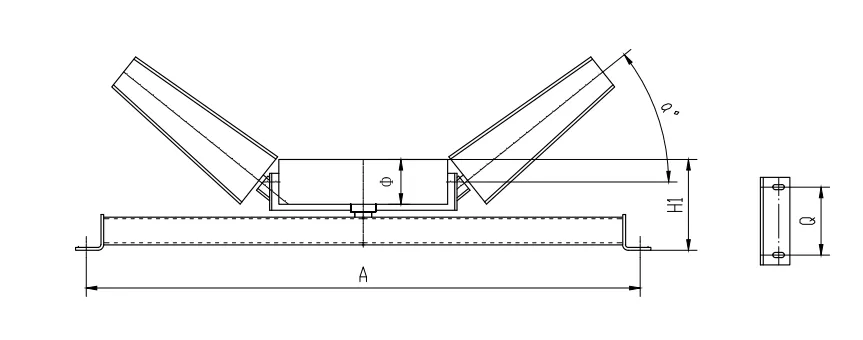 Afrikaans
Afrikaans  Albanian
Albanian  Amharic
Amharic  Arabic
Arabic  Armenian
Armenian  Azerbaijani
Azerbaijani  Basque
Basque  Belarusian
Belarusian  Bengali
Bengali  Bosnian
Bosnian  Bulgarian
Bulgarian  Catalan
Catalan  Cebuano
Cebuano  Corsican
Corsican  Croatian
Croatian  Czech
Czech  Danish
Danish  Dutch
Dutch  English
English  Esperanto
Esperanto  Estonian
Estonian  Finnish
Finnish  French
French  Frisian
Frisian  Galician
Galician  Georgian
Georgian  German
German  Greek
Greek  Gujarati
Gujarati  Haitian Creole
Haitian Creole  hausa
hausa  hawaiian
hawaiian  Hebrew
Hebrew  Hindi
Hindi  Miao
Miao  Hungarian
Hungarian  Icelandic
Icelandic  igbo
igbo  Indonesian
Indonesian  irish
irish  Italian
Italian  Japanese
Japanese  Javanese
Javanese  Kannada
Kannada  kazakh
kazakh  Khmer
Khmer  Rwandese
Rwandese  Korean
Korean  Kurdish
Kurdish  Kyrgyz
Kyrgyz  Lao
Lao  Latin
Latin  Latvian
Latvian  Lithuanian
Lithuanian  Luxembourgish
Luxembourgish  Macedonian
Macedonian  Malgashi
Malgashi  Malay
Malay  Malayalam
Malayalam  Maltese
Maltese  Maori
Maori  Marathi
Marathi  Mongolian
Mongolian  Myanmar
Myanmar  Nepali
Nepali  Norwegian
Norwegian  Norwegian
Norwegian  Occitan
Occitan  Pashto
Pashto  Persian
Persian  Polish
Polish  Portuguese
Portuguese  Punjabi
Punjabi  Romanian
Romanian  Russian
Russian  Samoan
Samoan  Scottish Gaelic
Scottish Gaelic  Serbian
Serbian  Sesotho
Sesotho  Shona
Shona  Sindhi
Sindhi  Sinhala
Sinhala  Slovak
Slovak  Slovenian
Slovenian  Somali
Somali  Spanish
Spanish  Sundanese
Sundanese  Swahili
Swahili  Swedish
Swedish  Tagalog
Tagalog  Tajik
Tajik  Tamil
Tamil  Tatar
Tatar  Telugu
Telugu  Thai
Thai  Turkish
Turkish  Turkmen
Turkmen  Ukrainian
Ukrainian  Urdu
Urdu  Uighur
Uighur  Uzbek
Uzbek  Vietnamese
Vietnamese  Welsh
Welsh  Bantu
Bantu  Yiddish
Yiddish  Yoruba
Yoruba  Zulu
Zulu Innovative Ceramic Lagging Solutions for Enhanced Conveyor Pulley Performance and Durability
The Role of Ceramic Lagging in Conveyor Pulleys
In modern industrial environments, conveyor systems are a fundamental component for the movement of materials across various stages of production. Among the various components that contribute to the efficiency and reliability of these systems, conveyor pulleys play a critical role. One of the significant enhancements to conveyor pulley technology is the introduction of ceramic lagging, which offers numerous benefits over traditional rubber lagging.
Understanding Conveyor Pulleys
Conveyor pulleys serve several essential functions in a conveyor system. They are responsible for driving the belt, providing tension, and redirecting the belt to guide it along its intended path. The performance of these pulleys directly impacts the overall efficiency of the conveyor system. One of the common issues faced by conveyor systems is belt slippage, which can lead to significant operational inefficiencies, increased wear, and even costly downtimes.
The Importance of Lagging
Lagging is an essential feature of conveyor pulleys. It is a protective layer applied to the surface of the pulley to improve friction between the pulley and the conveyor belt. This enhanced friction helps to prevent slippage and ensures the effective transfer of power from the pulley to the belt. Traditional lagging materials, such as rubber, have served the industry for many years. However, advances in materials science have led to the development of ceramic lagging, which offers superior advantages.
Benefits of Ceramic Lagging
ceramic lagging conveyor pulley

1. Increased Friction Ceramic lagging significantly enhances the coefficient of friction between the pulley and the belt compared to rubber lagging. This increased friction helps to reduce slippage, particularly in challenging conditions such as wet or oily environments.
2. Durability Ceramic materials are known for their exceptional wear resistance. This durability extends the life of the lagging, reducing the frequency of replacements and associated maintenance costs. In heavy-duty applications or in conditions where conventional materials wear out quickly, ceramic lagging offers a more robust solution.
3. Temperature Resistance Ceramic lagging can withstand higher temperatures than traditional materials, making them suitable for industries that encounter heat generated from friction, such as mining and metal processing. This property helps maintain performance without the risk of degradation.
4. Reduced Noise The use of ceramic lagging can also lead to a reduction in operational noise levels. The solid structure and improved material properties contribute to a quieter working environment, which is beneficial not only for worker comfort but also for compliance with occupational health regulations.
5. Lower Environmental Impact With extended life cycles and reduced need for replacements, ceramic lagging can contribute to lower waste generation and less frequent maintenance intervention, aligning with sustainability goals in industrial operations.
Conclusion
Incorporating ceramic lagging into conveyor pulley systems represents a significant advancement in conveyor technology. The improved friction, durability, temperature resistance, and noise reduction offered by ceramic materials not only enhance operational efficiency but also contribute to overall cost savings. As industries continue to seek reliable and efficient methods for material handling, the adoption of ceramic lagging may well become a standard practice, paving the way for more resilient and sustainable conveyor systems in the future.
-
Revolutionizing Conveyor Reliability with Advanced Rubber Lagging PulleysNewsJul.22,2025
-
Powering Precision and Durability with Expert Manufacturers of Conveyor ComponentsNewsJul.22,2025
-
Optimizing Conveyor Systems with Advanced Conveyor AccessoriesNewsJul.22,2025
-
Maximize Conveyor Efficiency with Quality Conveyor Idler PulleysNewsJul.22,2025
-
Future-Proof Your Conveyor System with High-Performance Polyurethane RollerNewsJul.22,2025
-
Driving Efficiency Forward with Quality Idlers and RollersNewsJul.22,2025





























